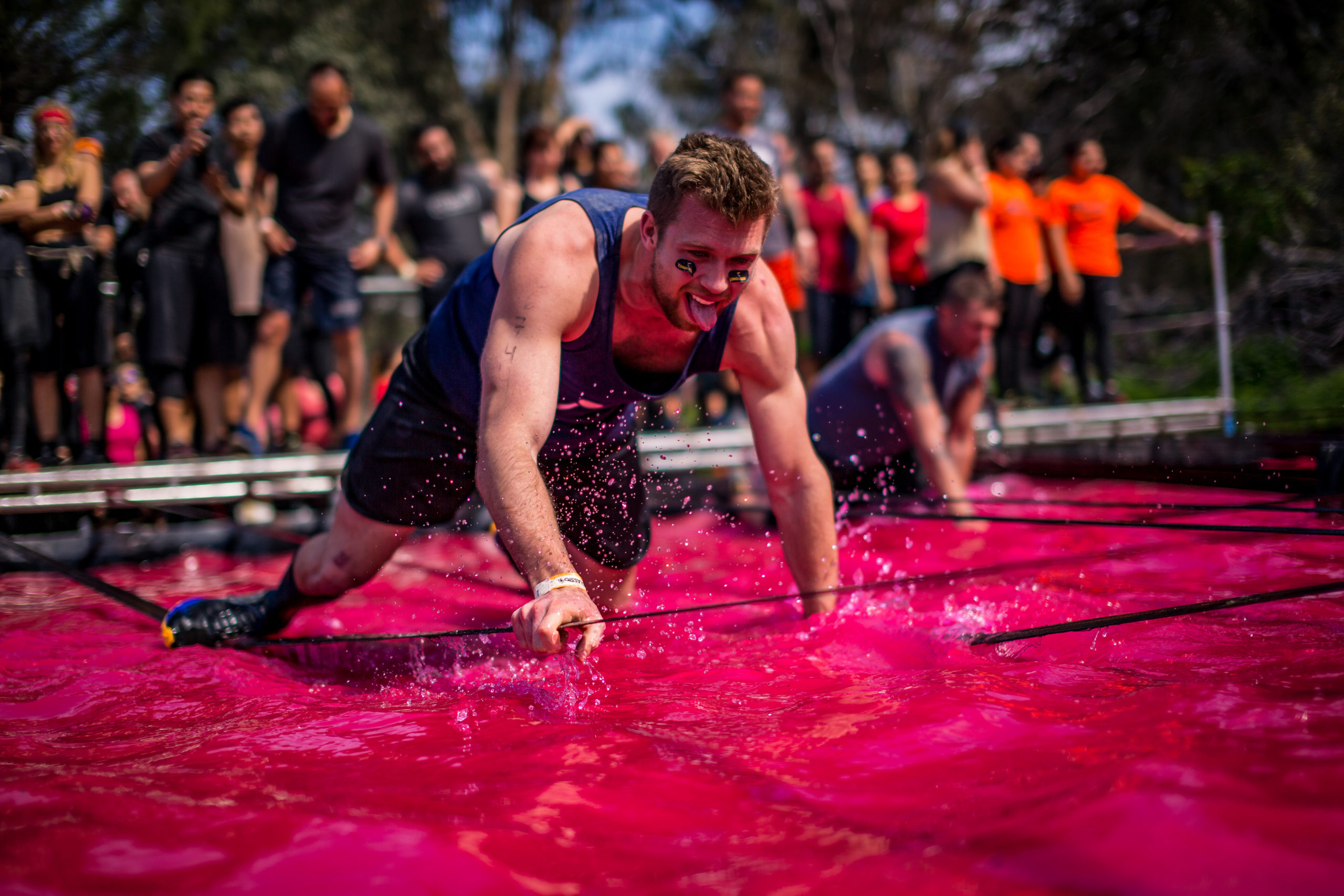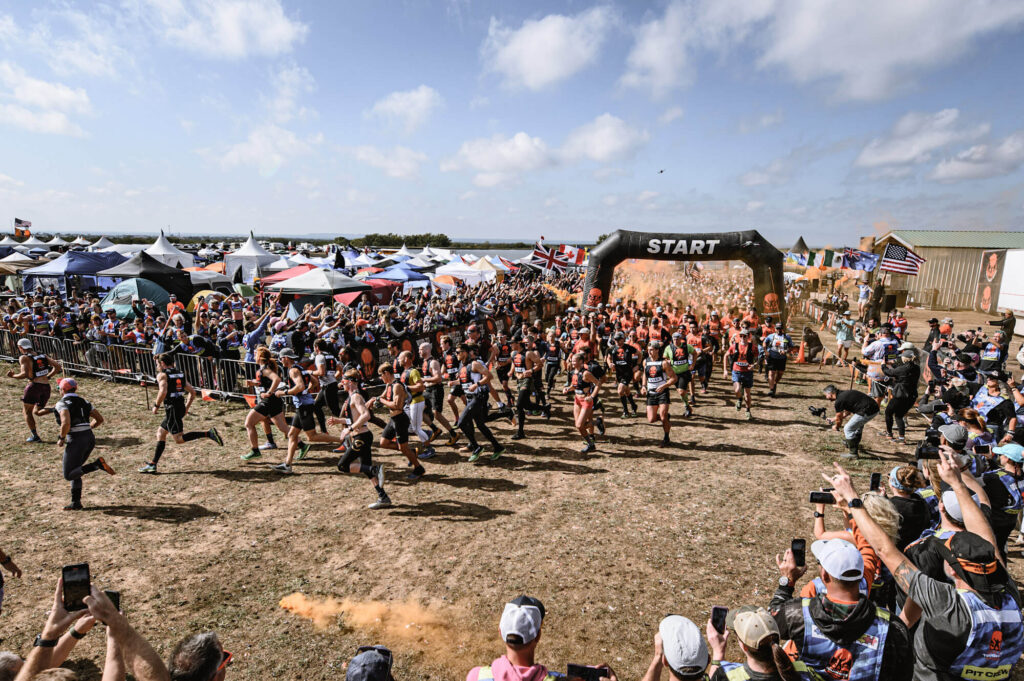Everyone who signs up for a Tough Mudder is keen for a challenge. But are you ready to face your fear?
If you’re looking for quiet and comfort, you’ve come to the wrong place! But even though we know the the course will push our physical and mental toughness to the limit, many Mudders—even seasoned veterans—still get frozen by certain obstacles (and not just by the temperature of Arctic Enema).
When you have a real phobia of certain conditions, whether it be heights, small spaces, water, or electric zaps, it’s not always as simple as mind over matter. According to experts, a phobia is an illogical fear of something that causes marked impairment or distress, usually due to a previous experience or underlying cause.
While the fear may be illogical, it’s totally real and will take work to overcome. If you’re ready to face your phobia, check out these tips on how to conquer the obstacle that always stops you in your tracks. (And if you really can’t face this phobia just yet, remember, there’s no penalty or shame in skipping an obstacle.)
Define Fear vs. Anxiety
“It’s important to understand the difference between fear and anxiety,” says Dr. Justin Ross, a Colorado-based sports psychologist. Fear is feeling afraid of a real, immediate threat. Anxiety is a perceived threat to your safety—and more deeply, to who you are as a person. “Fear and anxiety share the same physiology,” Ross explains, “so it’s important to understand the source of each.”
Veteran Mudder David Mendes offers a textbook example. “My greatest fear is failure,” he says. “It has kept me from doing so many things, and it’s so powerful that for a long time, I was afraid to even try.” Anxiety? Yep.
But there’s more: “I’m also terrified of heights and small spaces—Berlin Wall, Everest, and Hydrophobia are really scary,” Mendes says. “Ladder to Hell may seem like cake walk to some but it’s like being on the edge of a cliff for me.” Now that’s classic fear and potentially a real phobia manifesting itself on course.
Trust Yourself
Fortunately, there’s light at the end of the cold, damp, dark, tiny tunnel: “Trust is the antidote,” Ross says. In training, we push our bodies hard, not just to build fitness for the event, but also to teach ourselves what we’re capable of. “The mind is 100% trainable,” Ross says. “Just like you work out in a gym, you can train yourself to feel more confident and calm.” Cognitive behavioral therapy with a trained expert can help you slowly expose yourself, in increasing doses, to whatever situation causes your phobia while teaching you to remain relaxed.
This mind-training will serve you when the time comes on course, when you’re standing at the bottom of a wall, about to plunge into a chilly puddle, or headed into live electric wires, and you’ll be ready for it. You’ll also remember other challenges you’ve faced throughout your life. “Remind yourself that you’ve done hard things before, and trust that you’ll be OK this time, too,” Ross says.
Ask for Help
Trusting yourself is a big step, but what keeps many Mudders coming back for more is the extraordinary sense of community they find on the course. It’s how Mendes has overcome fears during events: “Tough Mudder has helped me be something for others and has made me stronger because of it,” he says. “I am able to talk others through and to get over their fears, and I have learned to ask for help myself—and not to feel like a failure for asking.”
In her first Tough Mudder, Tanya Smith discovered the power of trust as she tackled the Cage Crawl. “Before the event, I watched all the videos—and panicked,” she recalls. On the day of the event, she was nearly paralyzed by anxiety. “But then three Marines came up and told me they’d stay with me the whole time. I asked ‘What if I drown?’ and one of them replied ‘Not on my watch, ma’am.’”
In true semper fi spirit, the Marines helped her all the way through the obstacle. “Now, Cage Crawl is my moment of zen on the course,” Smith says. “I think about how grateful I am to be there in that moment, doing what I love. I also think about those Marines, and I hope they are safe, wherever they are.”
So the next time you hesitate at the top of Berlin Wall or even—gulp—just clicking “submit entry” for your next Mudder obstacle course event, remember all the hard things you’ve already accomplished. Trust yourself, and trust your team.



